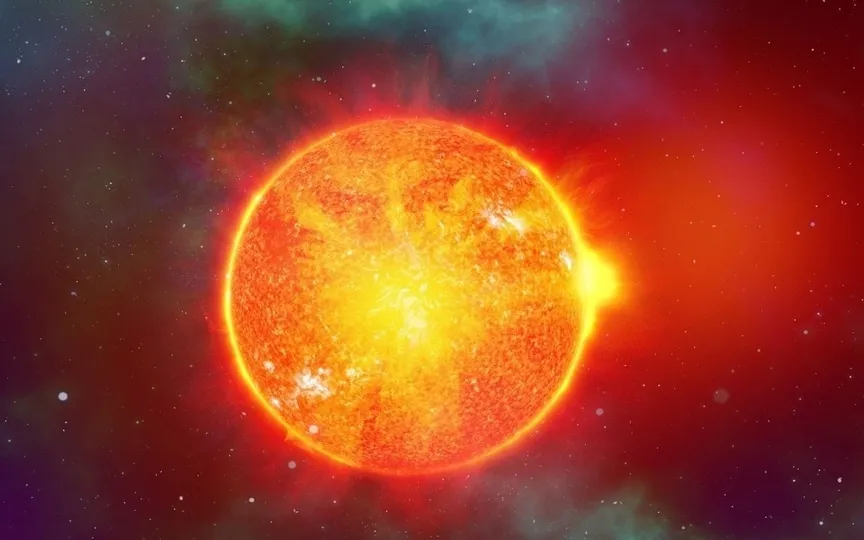NASA’s STEREO-A Spacecraft Reunites with Earth After 17 Years
NASA launched a space mission almost 17 years ago to explore the secrets of the solar system. The spacecraft, named STEREO-A, was dedicated to studying the Sun and has been crucial in uncovering numerous findings throughout the years. Its companion, STEREO-B, unfortunately lost communication. However, after all this time, STEREO-A is now heading towards Earth for a meeting. Interestingly, NASA has seized this chance to utilize STEREO-A’s position to conduct further research on the Sun, aiming to gather fresh insights about our nearest star.
About the STEREO-A spacecraft
According to NASA reports, a pair of STEREO (Solar Terrestrial RElations Observatory) spacecraft was launched on October 25, 2006 from Cape Canaveral Air Force Station in Florida. Two spacecraft were located in Sun orbit, STEREO-A (“Forward”) and STEREO-B (“Behind”).
In its early years of operation, the two-spacecraft mission accomplished its main goal of providing the first-ever stereoscopic image of our star. On February 6, 2011, another major milestone was reached when both STEREO-A and -B reached a remarkable 180 degree difference in their orbits, giving us a full spherical view of the Sun.
“Prior to that, we were ‘bound’ to the line between the Sun and the Earth—we only saw one side of the Sun at a time,” said Lika Guhathakurta, a STEREO program scientist at NASA Headquarters in Washington. “STEREO cut through that and gave us our view of the Sun as a three-dimensional object.”
Now, NASA scientists are looking forward to taking more measurements of the Sun to study magnetically complex regions. This can also reveal mysteries beyond the reach of the mission. In addition, they plan to investigate a new theory that challenges the traditional understanding of coronal loops, which are large arcs commonly seen in close-up images of the Sun.
The sun’s activity will increase considerably as we approach the solar maximum predicted for 2025. This has a lot of potential to reveal useful information.




